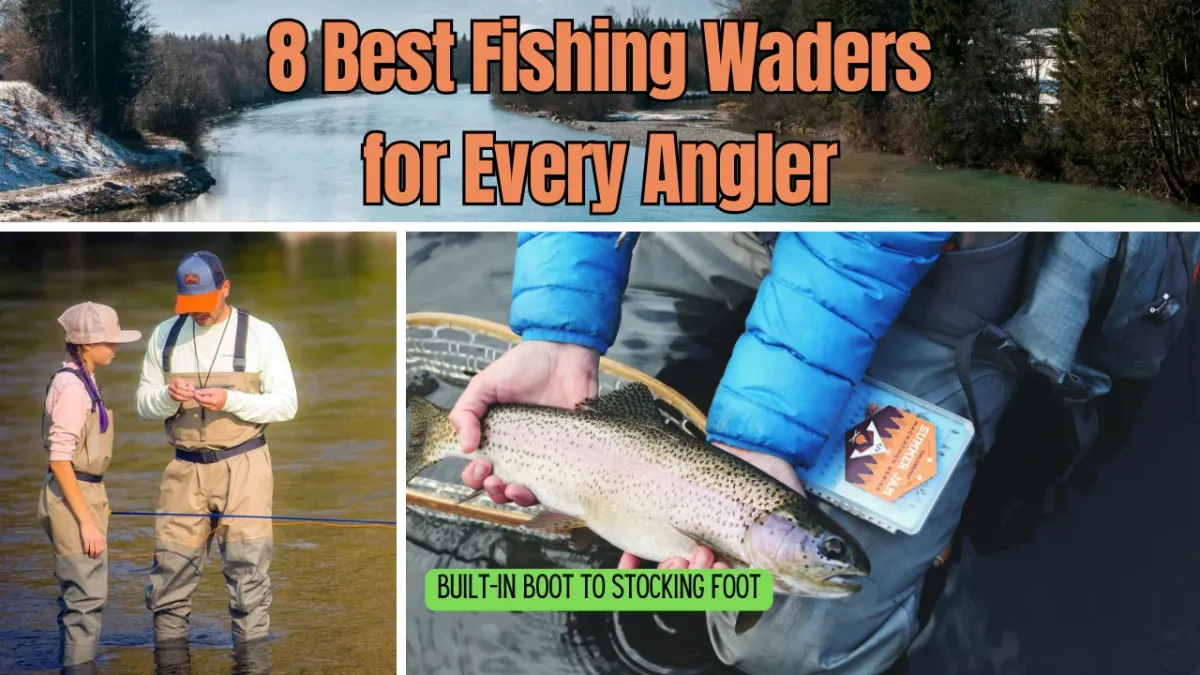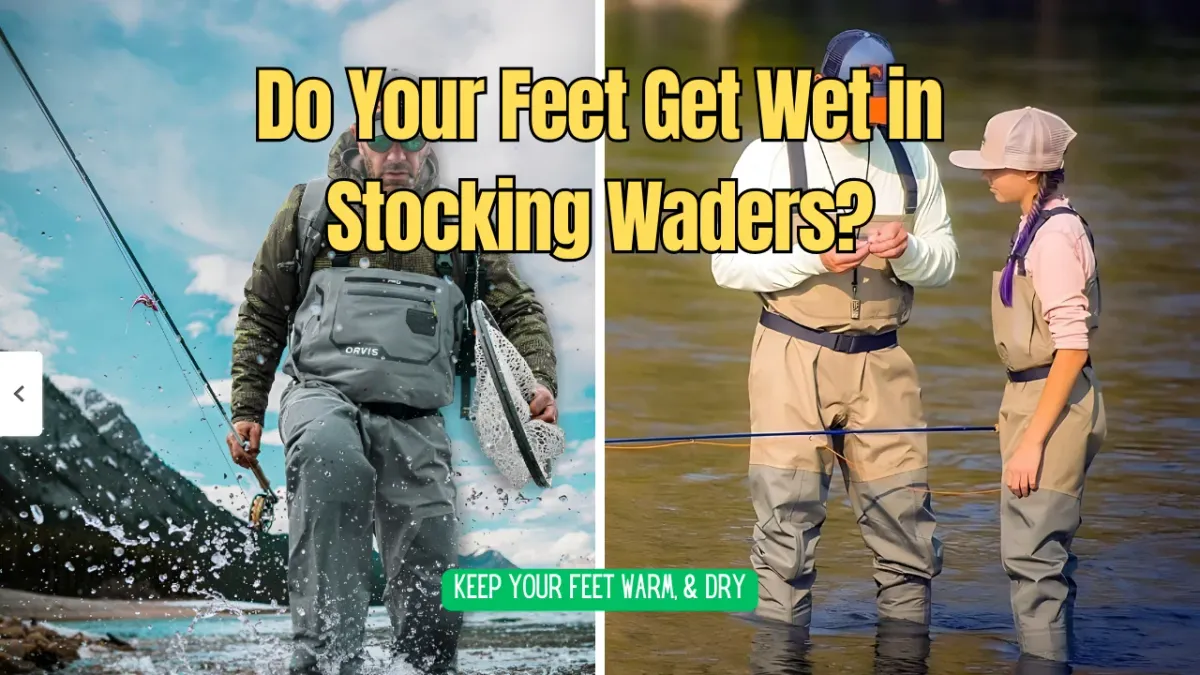When it comes to buying waders, many anglers and hunters find themselves asking, "Should you buy waders a size bigger?" This question is more common than you might think. Wader sizing can be tricky, and getting the right fit is essential for comfort and functionality. Whether you're standing in a river fly fishing or trudging through marshes during duck season, the fit of your waders can make or break your experience.
Key Takeaways:
- Understanding Wader Sizing: Knowing your body measurements and comparing them with the size chart is crucial.
- Comfort and Functionality: The right fit ensures comfort, warmth, and durability.
- Practical Tips: Consider the type of waders, the layers you’ll wear, and the activities you’ll engage in.
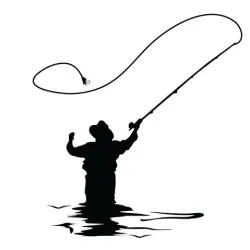
Introduction to Wader Sizing
Waders come in various styles, including chest waders, bootfoot waders, and stockingfoot waders. Each type has its own sizing considerations. For instance, chest waders cover your entire torso, while bootfoot waders come with attached boots. Stockingfoot waders, on the other hand, require separate wading boots. Understanding these differences is the first step in choosing the correct size.
The Importance of Body Measurements
Before you even think about buying waders, you need to know your body measurements. This includes your chest, waist, inseam, and foot size. These measurements will help you compare your dimensions with the size chart provided by the wader brand. Most brands offer detailed size charts that can guide you in selecting the right fit.
For example, if your chest measurement is 42 inches, your waist is 36 inches, and your inseam is 32 inches, you’ll need to find waders that accommodate these dimensions. It’s also essential to consider your normal shoe size when selecting wading boots. If you wear a size 10 shoe, you’ll likely need wading boots that are at least a size bigger to accommodate wader socks and any extra material.
Should You Buy Waders a Size Bigger?
The question of whether you should buy waders a size bigger depends on several factors. First, consider the type of waders you’re purchasing. For bootfoot waders, you might want to go a size bigger to ensure your feet stay warm and comfortable. This extra room allows for thicker socks, which can be crucial in cold water.
However, for stockingfoot waders, the fit should be more precise. These waders require separate wading boots, and buying a size bigger could result in too much extra material, leading to discomfort and reduced mobility. In this case, it’s better to stick to your correct size and focus on getting wading boots that are one size bigger than your normal shoe size.
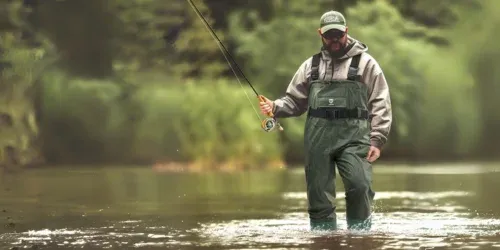
The Role of Layers and Socks
When wearing waders, you’ll likely layer up, especially in colder conditions. This means you’ll need room for thermal layers and heavy socks. If your waders are too tight, you’ll have trouble fitting these layers, which can make your experience uncomfortable. On the flip side, waders that are too loose can cause issues with mobility and durability.
Wader socks are another critical consideration. These socks are designed to keep your feet warm and dry. If your waders are too tight, you won’t have enough room for these socks, leading to cold feet. Therefore, it’s often advisable to buy waders that allow for some extra room, but not so much that you’re swimming in excess material.
The Impact of Activities on Wader Sizing
The activities you plan to engage in while wearing waders also play a significant role in determining the right size. For instance, if you’re fly fishing, you’ll need waders that offer a good range of motion. In this case, a snug fit is essential to avoid any restrictions. On the other hand, if you’re hunting, you might need waders with a bit more room for added layers and mobility.
Standing and sitting in waders can also affect how they fit. When standing, you might not notice any issues, but sitting can reveal tight spots, especially around the crotch and ankles. Therefore, it’s crucial to try on waders in different positions to ensure they fit well in all scenarios.
The Importance of Durability and Material
The material of your waders can also influence your sizing decision. Breathable waders, made from materials like Gore-Tex, offer flexibility and stretch, allowing for a more tailored fit. These waders are excellent for warmer conditions and provide decent durability. However, in colder conditions, you might need waders made from thicker materials, which could require a size bigger to accommodate layers.
Different brands offer various materials and fits, so it’s essential to try on waders from multiple brands to find the best fit. Some brands might have a shorter inseam, while others offer more room in the chest. Knowing these differences can help you make an informed decision.
Common Mistakes in Wader Sizing
One common mistake people make is not considering their body measurements accurately. Relying solely on your normal shoe size or guessing your chest measurements can lead to buying the wrong size. Always use a tape measure to get precise measurements and compare them with the size chart.
Another mistake is not accounting for the layers you’ll wear. If you plan to wear heavy socks and thermal layers, you’ll need waders with enough room to accommodate these. Failing to consider this can result in waders that are too tight, making your experience uncomfortable and less enjoyable.
Practical Tips for Finding the Right Fit
To find the right fit, start by measuring your chest, waist, inseam, and foot size. Compare these measurements with the size chart provided by the wader brand. If you’re between sizes, it’s often better to go a size bigger, especially if you plan to wear multiple layers.
When trying on waders, wear the layers you’ll typically use. This will give you a more accurate idea of how the waders will fit in real-world conditions. Walk around, sit, and move to ensure the waders are comfortable in all positions. Pay attention to any tight spots or areas with too much extra material.
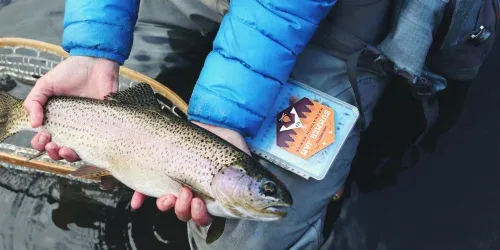
Summary
Choosing the right wader size is crucial for comfort, warmth, and functionality. Whether you should buy waders a size bigger depends on various factors, including the type of waders, your body measurements, and the activities you’ll engage in. Always measure yourself accurately, consider the layers you’ll wear, and try on waders in different positions to find the perfect fit.

FAQs
Should I buy waders a size bigger if I plan to wear heavy socks?
Yes, if you plan to wear heavy socks, it’s advisable to buy waders with enough room to accommodate them. This is especially important for bootfoot waders.
How do I know if my waders are too tight?
If your waders restrict your movement, especially around the crotch and ankles, or if you have trouble fitting layers underneath, they are likely too tight.
Can I use my normal shoe size to buy wading boots?
No, it’s better to buy wading boots that are at least a size bigger than your normal shoe size to accommodate wader socks and any extra material.
Related articles:
